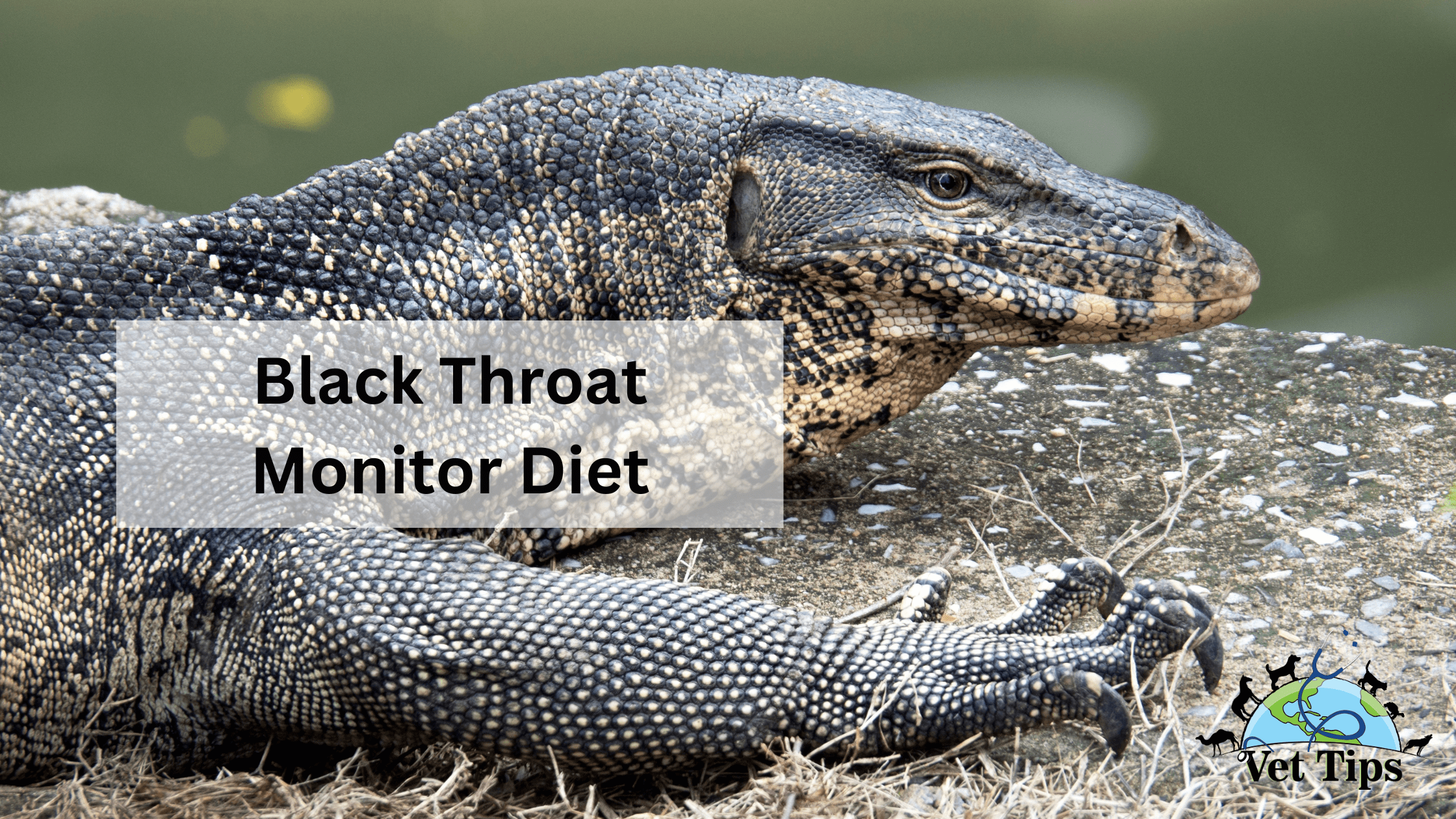As a general rule, reptiles eat anything they can catch or anything that fits in their mouth. Some of them are insectivores, some are carnivores, some eat veggies, and some eat veggies and meat. It indeed depends upon the size and species of reptile/lizard, along with individual preferences. Domestic reptiles eat whole prey in captivity, such as mice, rats, snakes, lizards, freshwater mollusks, small birds, large roaches, crustaceans, fish, and eggs. But the question arises, “What is diet of Black Throat Monitor?”. So, let’s discuss all about Black Throat Monitor Diet.
Black Throat Monitor Diet:
Black Throat Monitor Diet vary in the wild and in captivity. Here’s the detail of both:
In the wild:
In Tanzania’s wilds, Black Throat Monitor are considered true carnivores, i.e., their stomach is not made to digest veggies or plant material. They only eat meat in the form of birds, eggs, small reptiles, aquatic animals, insects, and rodents.
They are strong and robust lizards, so we must consider that while feeding them.
In Captivity:
Young chickens and rodents, including rats, are usually excellent options for Black Throat Monitors. Crustaceans, snakes, fish, lizards, eggs, and shellfish (freshwater) are suitable options and acceptable diet variations for these giant monsters.
Besides regular food for birds and rats, mealworms, black lider fly larvae, silkworms, crickets, and cockroaches will be added to these monitors’ diet. Dust insects with calcium powder before feeding, and make sure the insects are filled with bee pollen or another good supplement.
Black-throated monitors trapped in the wild may only want to eat live prey, while captive or domesticated monitors are ready to eat pre-killed prey. Pre-killed, frozen rats or frozen mice are given to Black Throat Monitors by most of their keepers/owners. They store these frozen rats and frozen mice in bulk and thaw them before offering them to these Monitors.
Effect Of Age On Monitors’s Diet:
Age also affects their preferences. Hatchlings tend to favor insects over whole animals, but their preference changes, and the mice and rats will be more enticing as they grow. Meals should be dusted with calcium powder, even for hatchlings, for their proper bone growth.
Offer food for a maximum of 3 times a week to your Black Throat Monitor and adjust the dietary requirements if your pet Monitor becomes overweight or too thin. Weigh your Black Throat Monitor monthly or weekly and adapt feedings as required.
Use well-built bowls for drinking water and food. Using bowls that can be tightly attached to the cage’s side is the best way to avoid food or water spillage.
Do not Overfeed your Black Monitor
Speaking of digestion problems, the black-throated monitor has a voracious, carnivorous appetite, as we discussed above. Overfeeding, naturally, leads to an overweight—even obese—pet, which does not bode well for its health.
A handy tip for obesity: check your monitor’s belly. If its belly touches the floor while the monitor is walking, keepers must start developing a diet and exercise plan. We also recommend dusting their raw feed with vitamins to balance their diet with the required vitamins, minerals, and other nutrients
For similar posts click here.
For source file click here.





One thought on “Black Throat Monitor Diet”